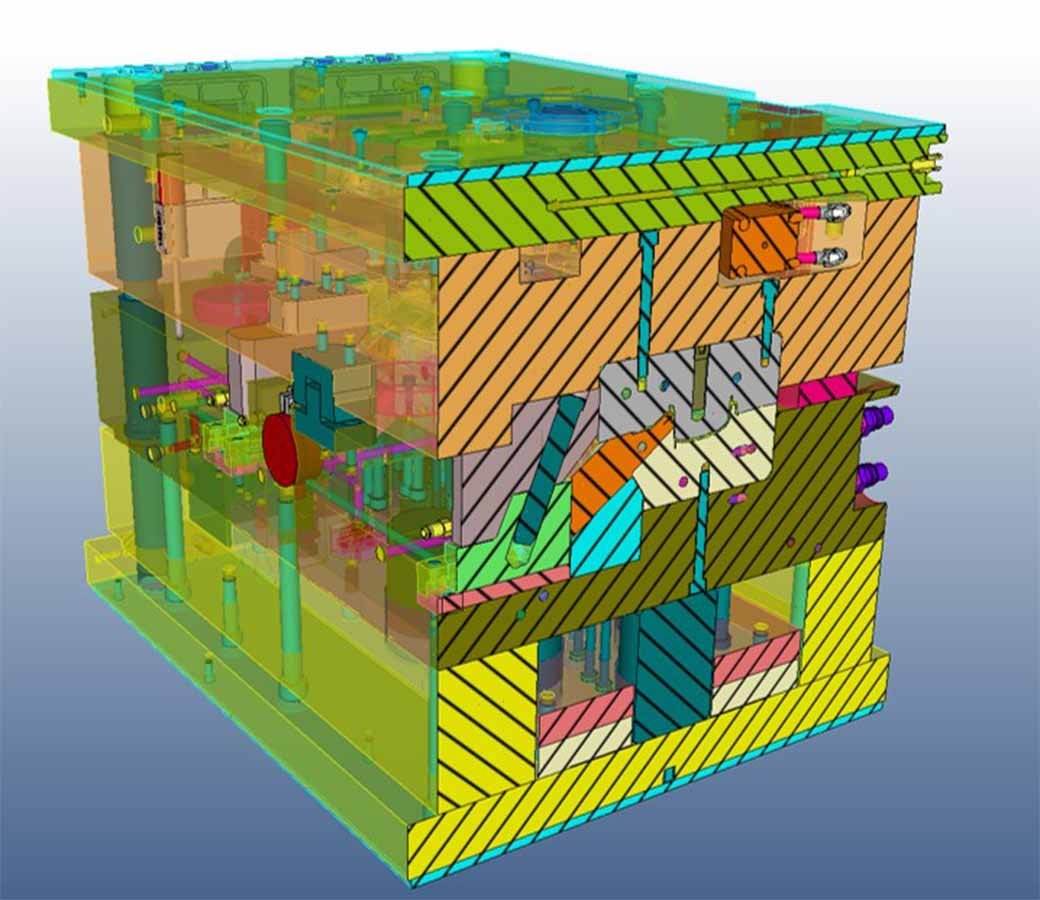What is VISI Modelling?
VISI Modelling is Hexagon’s industry-standard solid, surface, and wireframe modelling solution built on the powerful Parasolid® kernel. Recognized for its intuitive interface and dynamic design capabilities, VISI Modelling empowers users in the mould, die, and general manufacturing sectors to efficiently create, import, edit, repair, and analyze complex 3D models—seamlessly integrating solids, surfaces, and wireframes in a single flexible workspace.

Key Features


Advanced Modelling and Application
VISI Modelling’s advanced direct and parametric editing lets you tackle:
- Difficult geometry healing for corrupted or incomplete imported files.
- Springback adjustments for sheet metal or formed parts.
- Aerodynamic refinement with controlled surface deformation.
- Complex blending and multi-condition transitions for consumer products, automotive parts, or tooling.
2D Drawing Generation
- Automatic 2D View Creation: Instantly generate editable 2D and isometric section views, dimensions, hole tables, and part lists from any 3D model or assembly.
- Associative Detailing: Changes in 3D geometry automatically update all related 2D documentation.
- B.O.M. and Ballooning: Easily manage and reference assembly items in your production drawings.
Seamless Integration & Manufacturing
- Unified Environment: All VISI applications (mould, die, progressive tool design) run together—maintaining data integrity and streamlining workflows from design all the way to manufacturing.
- Feature Recognition: Automatically detects drilled hole features and apertures—applies optimal drilling/milling cycles for efficient plate manufacturing.
- Machining Ready: VISI Machining generates conventional, high-speed, and 5-axis toolpaths directly from models—eliminating data loss between design and production.
CAD Import & Export Interfaces
VISI Modelling supports a broad range of file formats for import and export, ensuring seamless data exchange with customers and partners:
- Import: ACIS, CATIA, STL, IGES, STEP, VDA, Inventor, NX, JT, Solid Edge, SolidWorks, Parasolid, Creo (PTC), and more.
- Export: 3D PDF, ACIS, CATIA, DXF/DWG, STL, IGES, JT, Parasolid, STEP, VDA, and more.
Why Choose VISI Modelling?
- True hybrid modelling and best-in-class surface repair.
- Parametric & direct editing for rapid model changes.
- Comprehensive format support for effortless collaboration.
- Seamless link to manufacturing for maximum efficiency.


Why SOPAN Infotech for VISI?
As an Authorized HEXAGON Reseller in Pan‑India, SOPAN Infotech Pvt. Ltd. offers more than software — we deliver a full ecosystem of support:
What Sets Us Apart:
Ready to Revolutionize Your Mould & Die Workflow?
Contact SOPAN Infotech today to request a demo, receive a quote, or discuss the best modules for your business.

